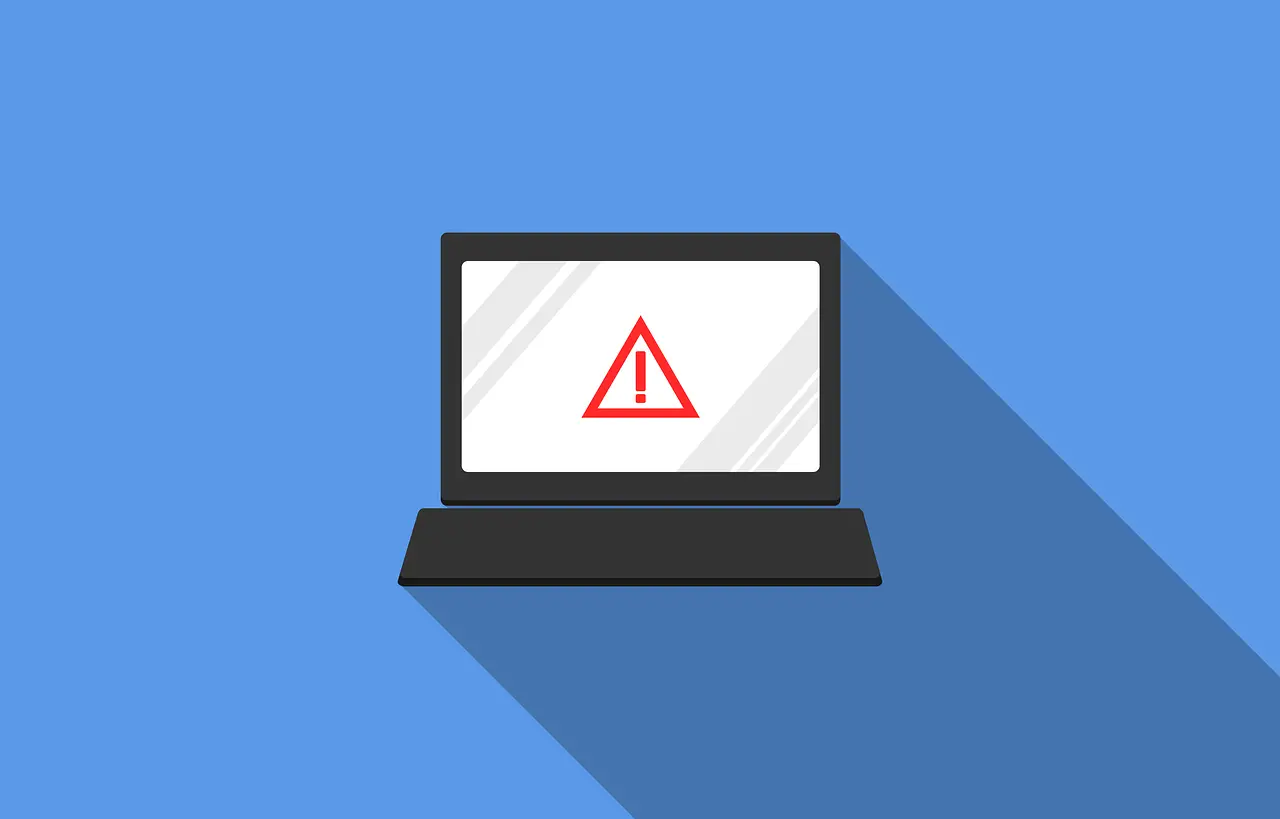
We humans are creatures of habit. We like familiarity; we seek out things that we know, understand, and feel we can trust. While we’re open to innovation, most of us will automatically seek something that is reliable – essentially, we spend much of our lives in our comfort zones.
Business owners may have a reputation for being willing to innovate and try different things, but that very human desire for the familiar can still linger in even the most entrepreneurial of minds. In fact, it can actually be even stronger: with their business on the line, preferring to stay within the comfort of what is known, expected, and predictable can feel all the more tempting.
It could be argued that this natural reserve is admirable, perhaps even integral to a business that wants to be able to continue to enjoy success in the future – but it’s a tendency that, in some regards, can cause real problems, and one area where this issue is particularly stark is business technology. Adoption of technology is rarely as swift as one might expect. Instead, business owners delay making the switch – or do not fully commit – to more up-to-date options, or only make a change when there is no other option available.
Why does this happen?
On initial inspection, the fact that businesses can be slow to adopt new technology may seem a little surprising; one would assume that business owners would seize the chance to use new technology as soon as it became available, rather than delaying adoption or underutilizing new tech when it is in place. The reason, however, tracks back to our opening point: humans don’t really like change.
When it comes to technology, the human dislike of change manifests first and foremost in concerns over security. If a business has never experienced a cybersecurity breach with their existing technology, then they may see little reason to make a change. Newer, unfamiliar technology can seem like a risk that isn’t worth taking; a potential security hazard compared to their known, trusted tech that has served their business well in the past. There simply isn’t the impetus to do things differently, as what they have in place has performed its role well.
The second concern is usually based around disruption. Switching to new technology is a process, and business owners – quite naturally – worry that their company’s day-to-day operations will be affected during the transition. Along the same lines, worries regarding the need for staff to be trained to work with new technology – and all the time such training can take – are also fairly common. When all of these threads are brought together, the idea of upgrading to more modern tech seems to just create problems rather than solve them.
Why can continuing with older technology be problematic for businesses?
The points presented above do, at least superficially, seem to be grounded in a certain logic: a kind of “better the devil you know” approach. However, the reality is very different, and outdated technology actually poses a direct threat to a business.
Firstly, security. Rather than being the “safe”, familiar choice that has never experienced problems before (and can thus sometimes be presumed to offer excellent security for the future, too), older technology is inherently vulnerable – especially if it has not been updated frequently. In contrast, newer technology benefits from research that can offer reliable cybersecurity measures that are able to combat current threats, than anything that has gone before. New innovations aren’t insecure in contrast to older solutions; in fact, the exact opposite is actually true, and continuing with outdated tech is more likely to cause security issues than solve them.

Secondly, the presumption that adopting newer tech can be disruptive to a business is also problematic. Even the most time-tested and trustworthy of tech will eventually fail. If a business experiences sudden failure of tech it has relied on for years, then they will have to upgrade in a rush, often at great expense, and even without adequate time to research and ensure that they know exactly what they are investing in. In contrast, a consistent approach to upgrading old-fashioned tech and adopting new systems is actually far easier to manage, allows time to research and find the right solutions, and can be timed so that the business is always able to maintain operations – something that would be difficult if relying on outdated options that suddenly experiences a catastrophic failure.
A final issue caused by old-fashioned tech is, essentially, the risk of being left behind. Technological developments improve the way that businesses are able to operate. They make processes faster, increase efficiency, enhance overall productivity – all benefits that are ultimately highly conducive to greater profitability in the future. In addition, many businesses will prove to be early adopters of new tech, which means that they enjoy the benefits of doing so very quickly – if businesses operating in the same niche as these early adopters do not also make the switch themselves, then their ability to be competitive will inevitably be harmed.
How can concerns over tech upgrades be addressed?
Concerns over tech upgrades do not vanish overnight, and a little reticence over the process is to be expected – even amongst those who are fully committed to updating their tech as far as they possibly can. To actually get the process started, business owners may find it useful to consider the following three points:
#1 – Solicit suggestions from employees
Employees work with the technology of a business day-in and day-out, which means they have the greatest insight into how existing tech functions and, most importantly, which areas are most in need of improvement. When employees explain the issues they encounter due to outdated tech, the necessity of upgrading becomes tangible, and therefore moves from being a good idea to an essential one.
#2 – Focus on the benefits
Rather than thinking “I am concerned that going through this upgrade will disrupt the usual operations of my company”, switch to “I am looking forward to the benefits that this tech can provide to my company in the future”. By focusing on the long-term positives of upgrading tech rather than short-term concerns, the role of tech upgrades flips; they are no longer the problem, but the solution. This is a small change, but one that can really help to highlight the reasons that tech is being upgraded and keep these at the forefront of the business owners’ mind throughout the process.
#3 – Seek professional advice
The world of technology is so huge, and in such a state of constant evolution, that professional advice and guidance on which options are most suitable is always strongly advised. Not only does such a measure help to ensure that the right tech – that is most suited to delivering outstanding results for the company – is found, but it can also be reassuring to know that there is expert assistance on hand to ensure that the transition is as smooth and successful as it can possibly be.
#4 – Go slowly
When a business owner decides to upgrade tech, there can be the temptation to really go for it – if it’s going to be done, then maybe it’s best to just change everything at once, complete the process, and then be all set for the future. However, while this option is possible, it can also be rather overwhelming, and may worsen any lingering fears over the process. Instead, tech upgrades should be completed one-by-one, focusing first on upgrades that offer the most significant benefits to the business.
Which types of tech upgrades are most useful to businesses?
When happy to undergo a tech upgrade, there are a few areas that business owners can most benefit from focusing on initially:
- Cloud storage. Cloud computing has allowed businesses to free themselves from the encumbrance of endless reams of paper, allowing files to be efficiently stored digitally and accessed with ease.
- Wide area network (WAN). A secure SD-WAN solution can allow businesses to collaborate more effectively and access applications remotely – with the latter benefit being particularly valuable given the continued popularity of telecommuting in the modern business world.
- Employee management. There are now software solutions that can simplify all aspects of employee management, focusing on everything from managing recruitment to scheduling rota hours and managing payroll.
- Customer management management (CRM). This type of software streamlines all information related to customers, helps to monitor leads, encourage customer loyalty, and subsequently increase a company’s conversion rate.
- Hardware. Even the very best network or most impressively-designed software will struggle on hardware that is lacking in power, so upgrading all business devices is definitely advantageous in terms of overall productivity levels.
The above list is far from exhaustive, but makes for an excellent starting point that should allow a company to see the different up-to-date and innovation technology can provide.
In conclusion

Modern businesses require up-to-date technology to thrive in a lively, competitive business environment. While many of the concerns relating to updating are understandable, the downsides outdated tech presents are overwhelming, and seeking to embrace exciting technological developments when they arrive will always be the best choice for any business.










